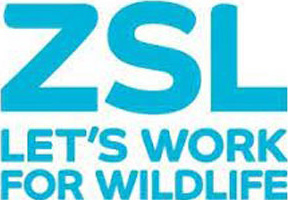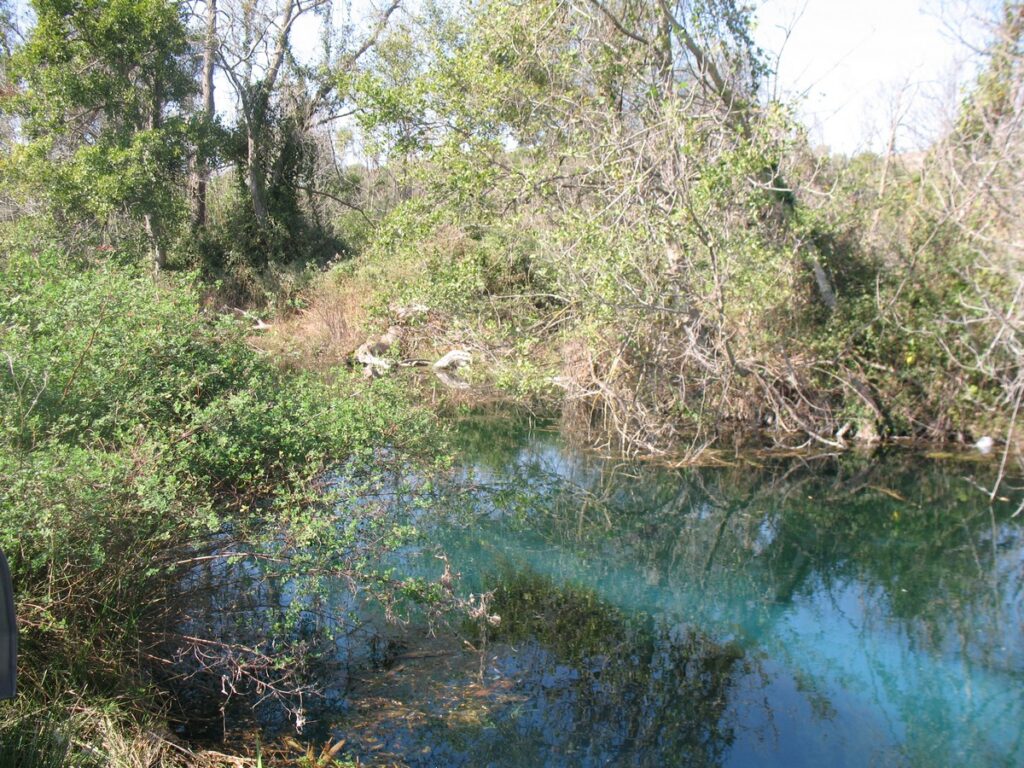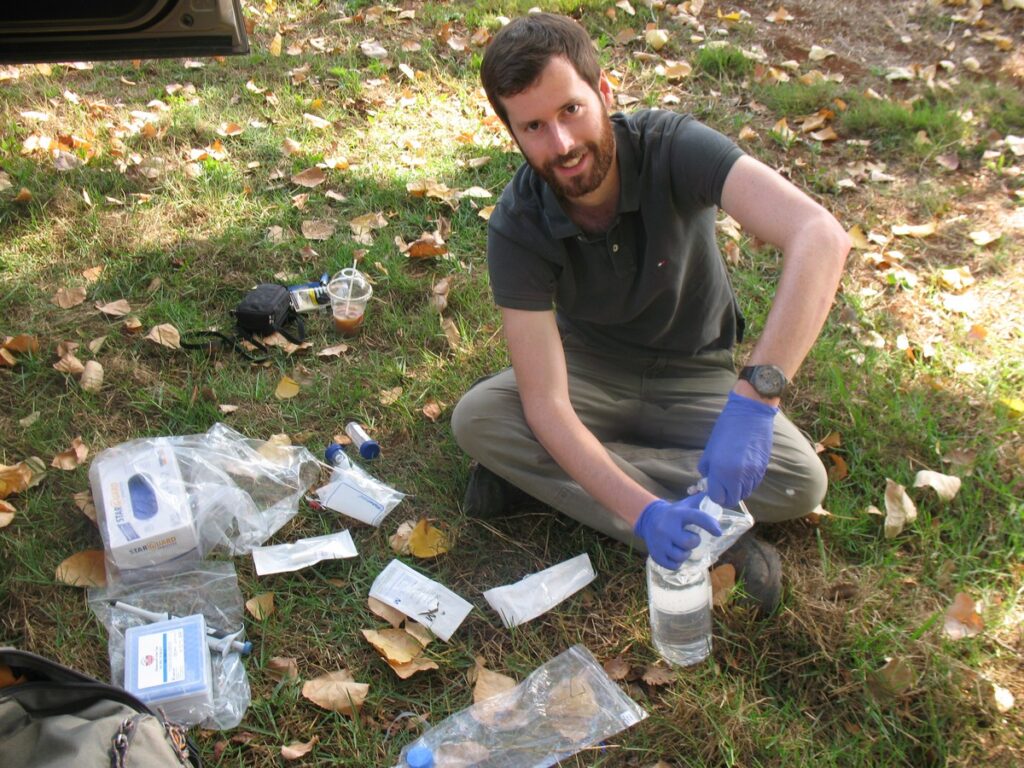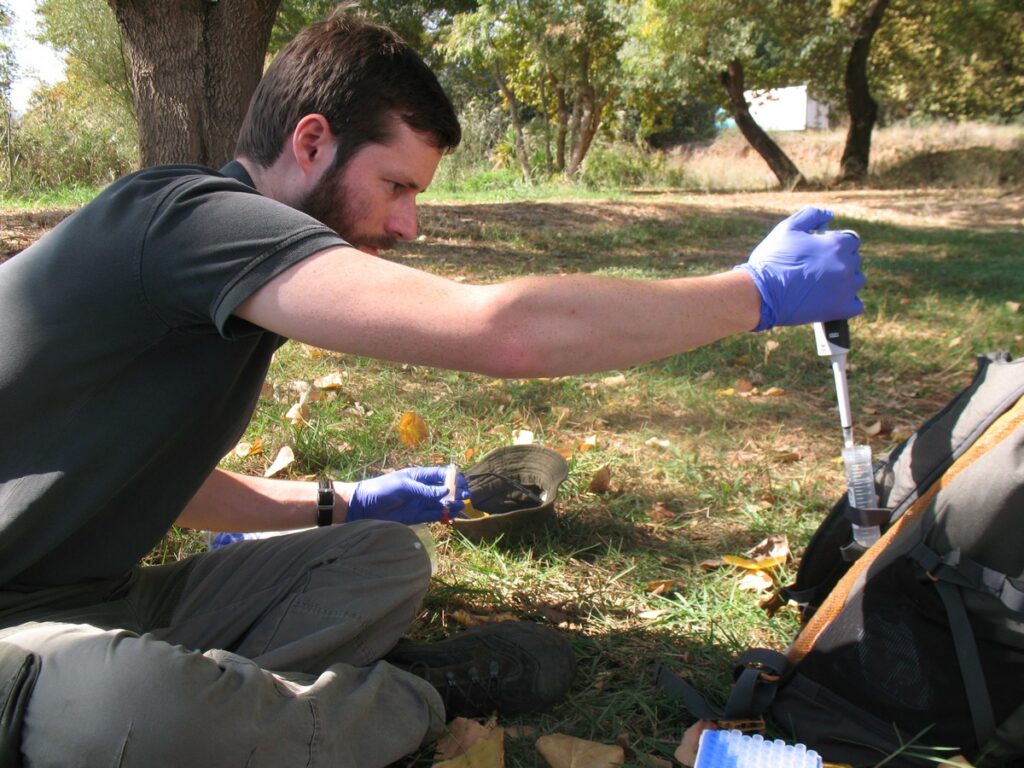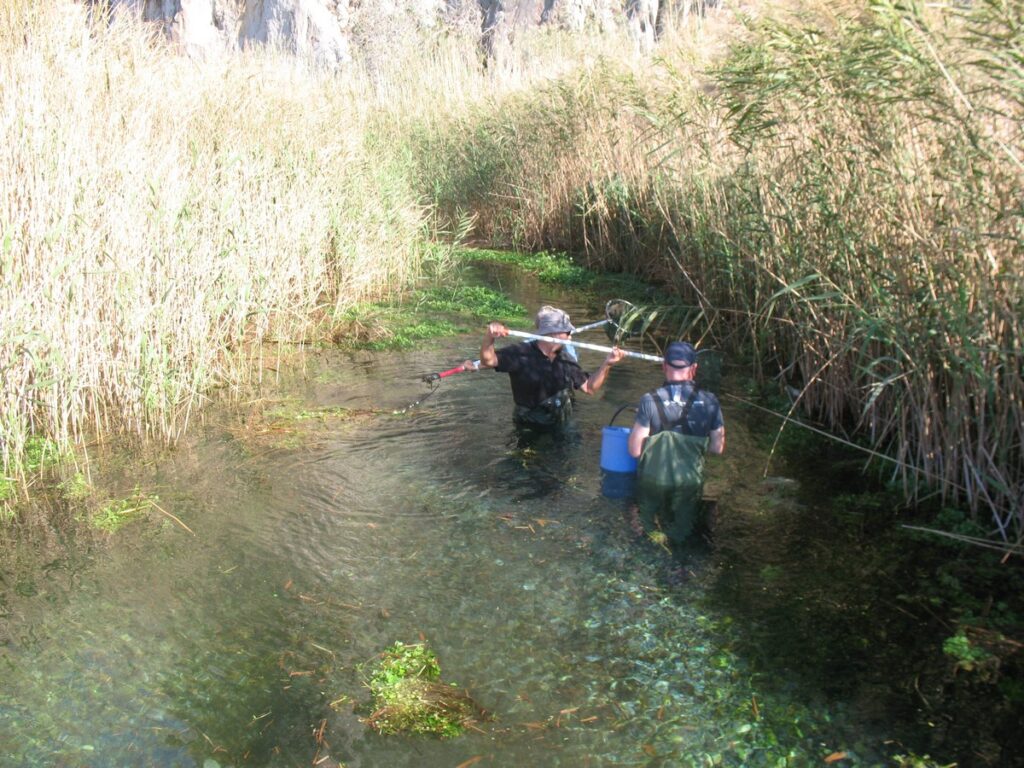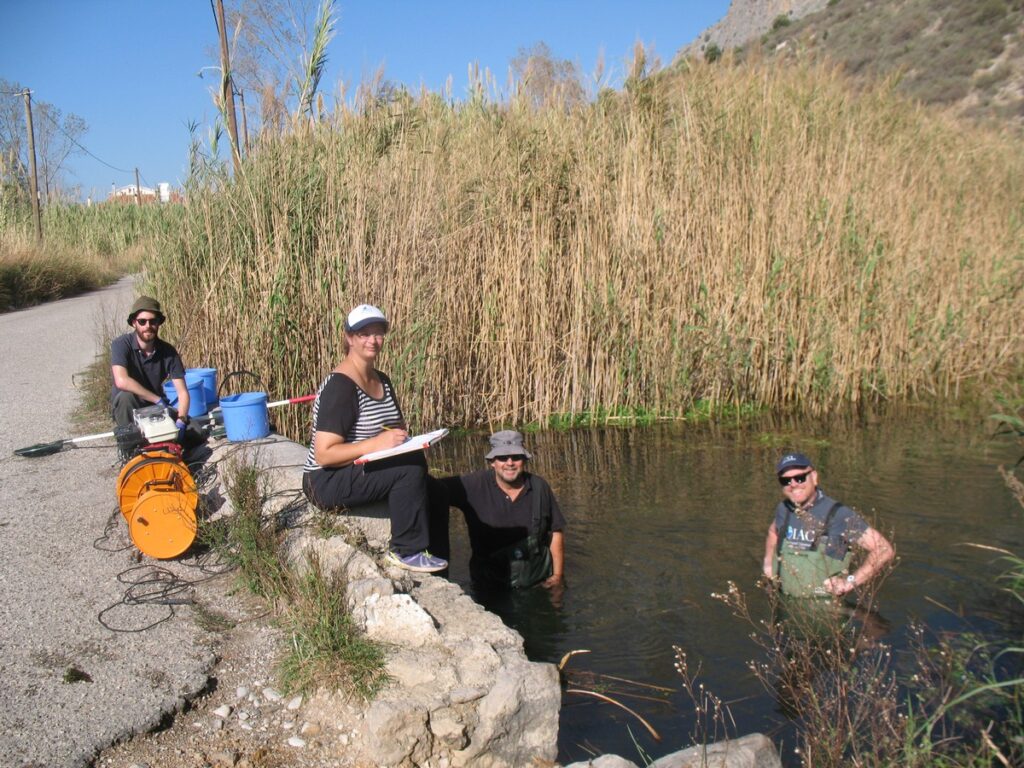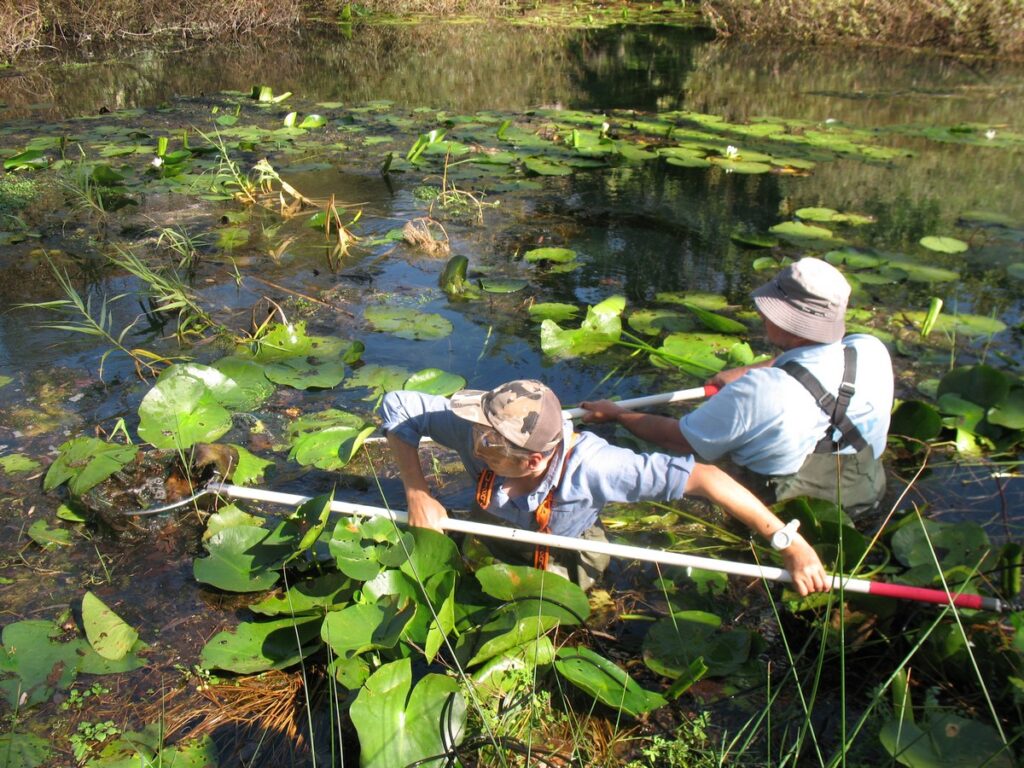Population assessment of the Corfu killifish and other Greek endemic freshwater species using established and innovative methods
(09/2018 – 09/2019)
OBJECTIVES
- Assessment of the current population status of the threatened Greek killifish Valencia letourneuxi and Valencia robertae, through a thorough survey of low-altitude aquatic systems in its native range (Western Greece) using conventional fish sampling methods and eDNA sampling, as a complementary monitoring tool with a less invasive method
- Preliminary assessment of the population status of four range-restricted and threatened species of Greece (the Evia barbel, the Greek stickleback, the Evrotas minnow and the Acheron spring goby), using bibliographical and field data, with a view to formulate conservation priorities and to expand the eDNA work for these species
ACTIONS AND OUTCOMES
- We conducted a nationwide survey of the Greek killifish population status, using both conventional (fish sampling) methods and eDNA methods. The eDNA method proved more efficient at some locations with low population densities, but also had its limitations (see Mauvisseau et al., 2020)
- We compared the 2018 fish sampling data with historical data spanning 15 years. The analysis of the ichthyological data indicates the long-term decline of the genus Valencia in Greece (see Kalogianni et al., 2021)
- The results of our analysis indicate as a conservation priority the protection of the lowland spring refugia of the Greek killifish, with emphasis on preventing the invasion by the Eastern mosquitofish of the two aquatic habitats still supporting healthy and relatively abundant populations of the genus
- The Evia barbel has a narrow distribution in Evia Island, thus the option of translocation to other systems with suitable habitat conditions should be explored. The Greek stickleback has a very limited distribution in the Sperchios basin and translocation should definitely be attempted to conserve this species
- The Evrotas minnow has a very limited distribution (Evrotas basin and Upper Alfios) but with high local densities, thus the main conservation priority should be the protection of its summer refugia during summer drought. Finally, the Acheron goby has a much wider distribution that previously thought based on genetic evidence (Knipowitschia cf. milleri complex), thus no conservation measures are proposed
SCIENTIFIC OUTPUT
- Mauvisseau Q., Kalogianni E., Zimmerman B., Bulling, M., Brys R., Sweet M. (2020) eDNA based monitoring: advancement in management and conservation of critically endangered killifish species. Environmental DNA ; 00:1–13
COLLABORATING BODIES
This project was led by Dr Eleni Kalogianni, Researcher at the Institute of Marine Biological Resources and Inland Waters (IMBRIW) of the Hellenic Centre for Marine Research (HCMR) and Brian Zimmerman, Aquarium Curator at the Zoological Society of London (ZSL) with the collaboration of Dr Michael Sweet and Dr Quentin Mauvisseau from the University of Derby


